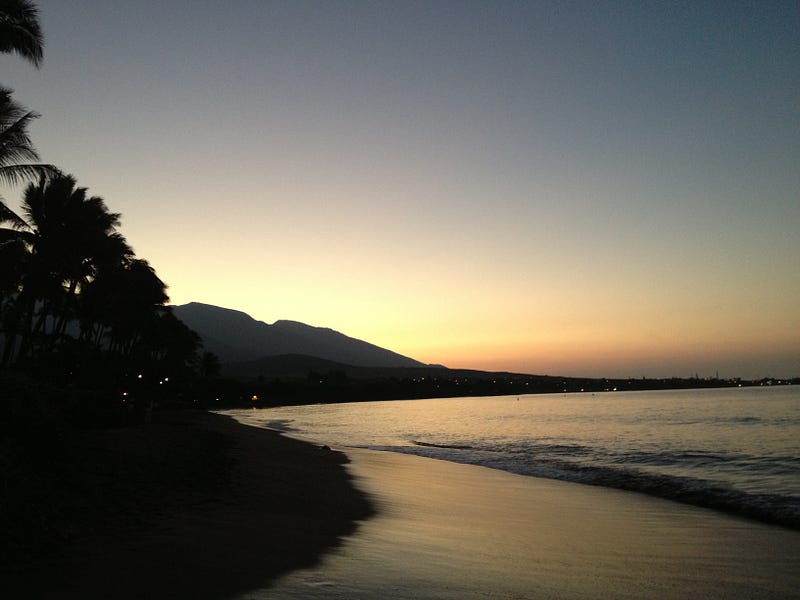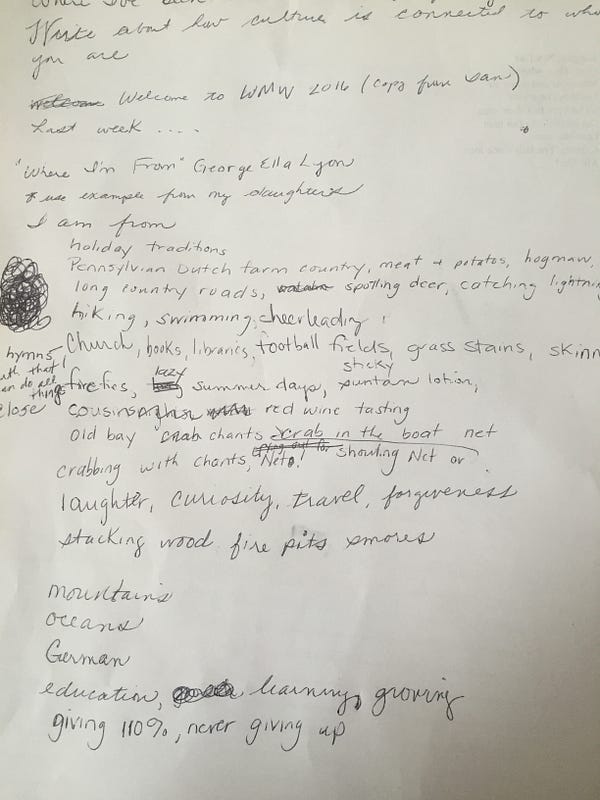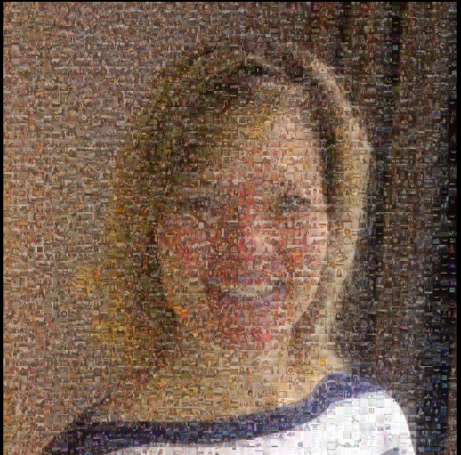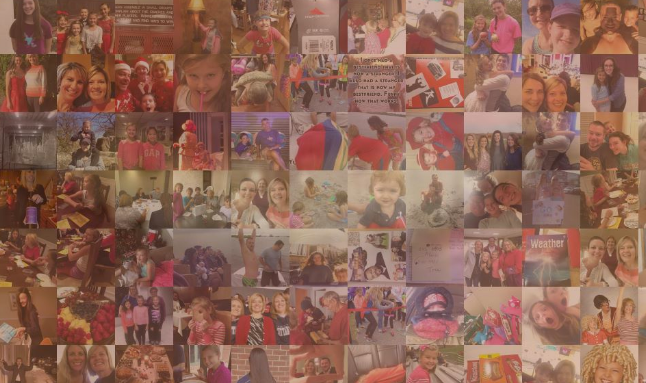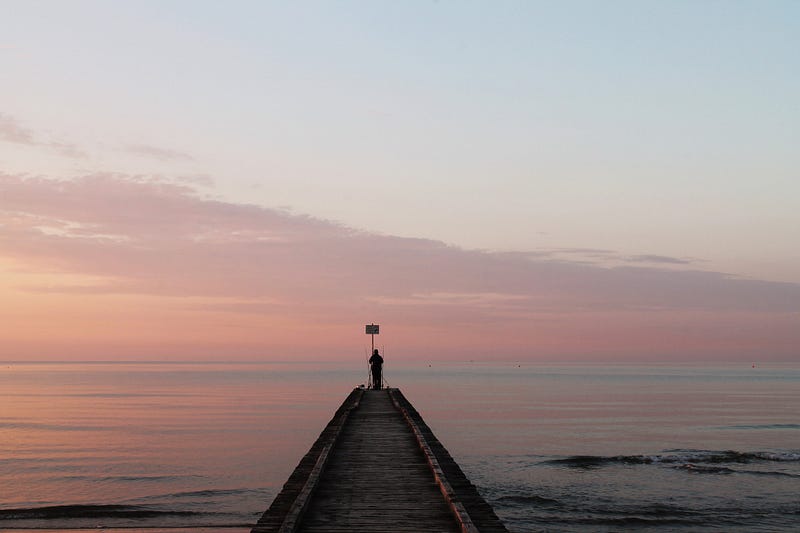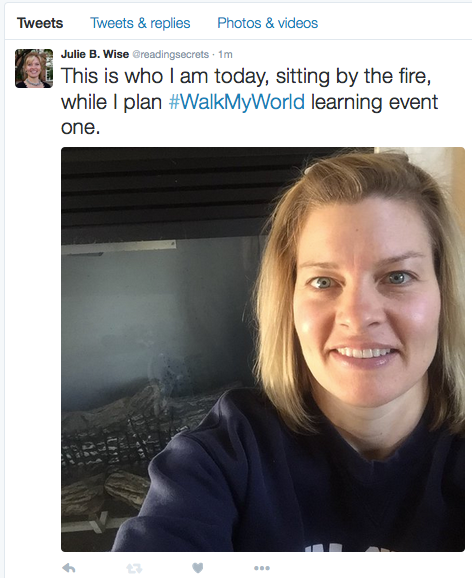WEEK TEN: Share the STORY OF US as we explored our identities through multimodal content (i.e., images, video, audio, and text). Throughout the 2016 #WalkMyWorld Project we weaved a thousand different fibers that now connect us as digital learners. Individually you shared your daily walk so others could "walk in your world." In this final learning event, examine the STORY OF US by asking: What did you learn about yourself as a multimodal meaning maker? What new insights do you have about your digital identity as a #WalkMyWorld collaborator? What connections will you take with you into your future?
PAST: The STORY OF US began with courage. Many of us were creating a public Twitter account for the first time (see screenshots of my Twitter conversation below). The #WalkMyWorld Project provided a safe and supportive space to consider personal and socially constructed digital identities. While some participants embraced the thrill of sharing their daily walk, others were afraid to blend their personal and professional identities. Together #WalkMyWorld discovered it takes courage to create and share multimodal content in public spaces.


PRESENT: The STORY OF US sparked collaboration. Each learning event provided opportunities for educators and students to collaborate through new mediums and digital tools. Those with experience in creating digital content served as mentors, providing examples and answering questions. Novice multimodal makers began to recognize the power of communicating through remixing images, text, video, and audio content. Even though I have experience creating multimodal content, I am a novice when it comes to researching multimodal meaning making. One of my favorite researchers, Dr. Donna Alvermann, served as a mentor for my work when she responded to my post about student-created documentaries (see screenshot below). Together #WalkMyWorld collaborated as a community and inquired about the various processes of multimodal meaning making.
FUTURE: The STORY OF US inspired connections. As educators engaged their students in hybrid learning spaces, it was important to explore the blurred lines between face-to-face and online interactions. This year #WalkMyWorld connected with #HearMyHome to learn more about how soundscapes (i.e., daily sounds and rhythms) define cultures and communities. This connection introduced us to new digital tools like Soundcloud and Radio Aporee. #HearMyHome also helped us gain a deeper understanding about the power of creating audio content (See screenshot of our conversation below). Together #WalkMyWorld has transformed our daily walks from individual explorations into a connected community that now walks together on this nomadic multimodal journey.
Invitation: REFLECT on your engagement with the 2016 #WalkMyWorld Project. This could include your courage, collaborations, or connections you made throughout the ten learning events. DESCRIBE how your daily walk shaped the STORY OF US. SHARE your creation on Twitter using the hashtag #WalkMyWorld #LE10. It’s time. What will you share? Explore.Play.Create.Learn.
Interested in learning more about #WalkMyWorld, visit: walkmy.world











